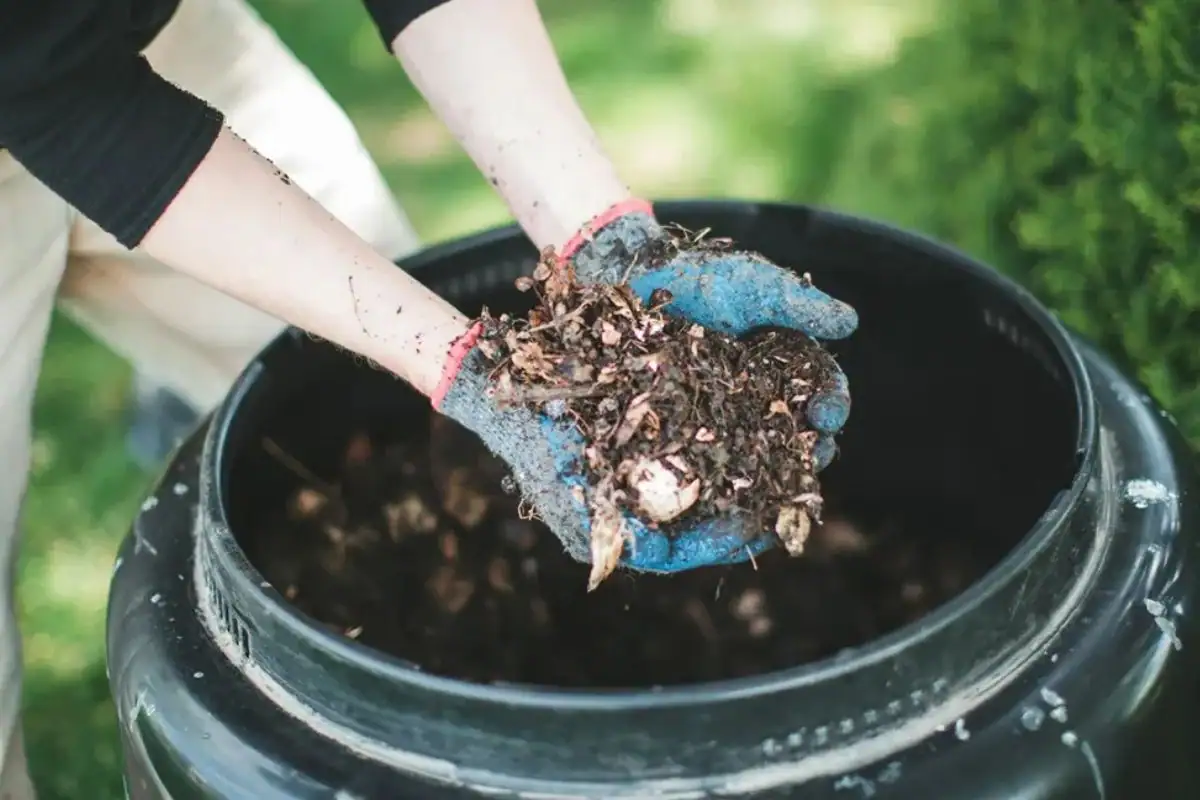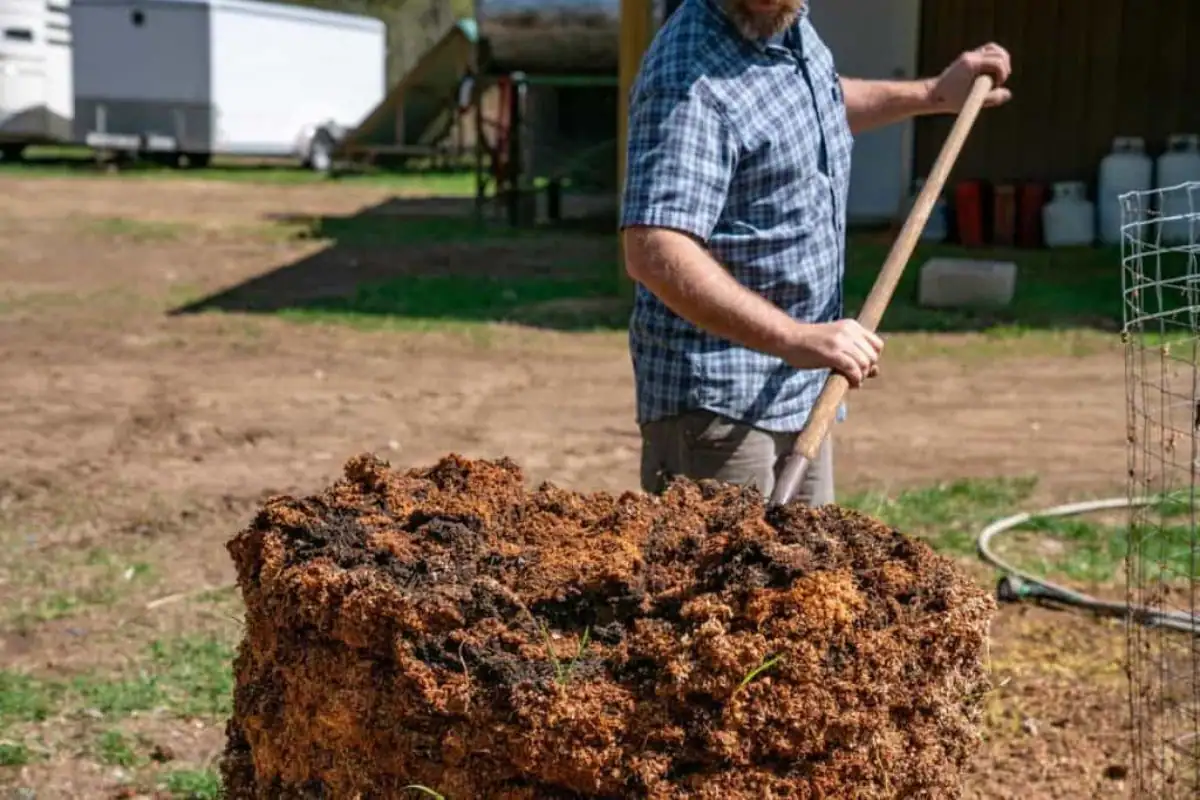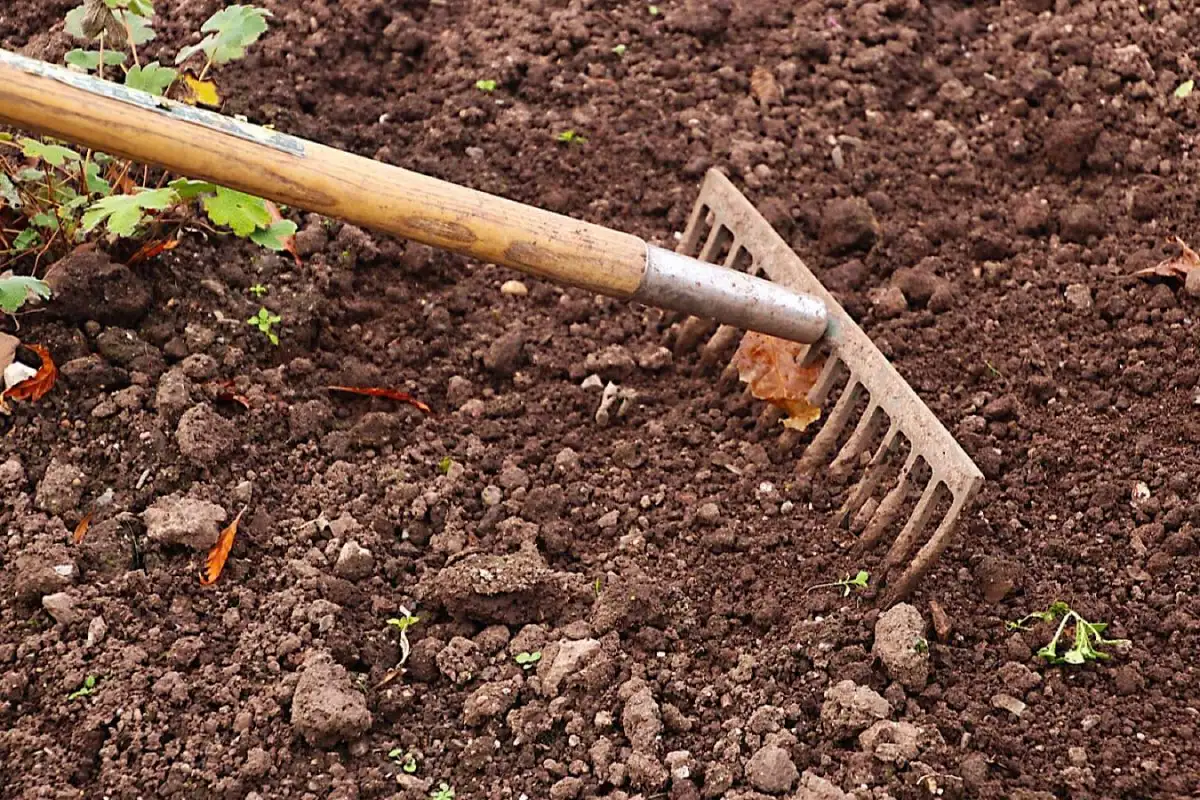Advertisement
How to Compost at Home: Feeding Your Plants and Reducing Waste
Updated: Nov 9, 2024
Advertisement
Compost is made from decomposed organic material, created by the same microbes that break down leaves, fallen trees, and even animals in the wild. This process of decomposition produces a soft, dark, and nutrient-rich soil that naturally nourishes forests and plants. This same compost can also give your lawn or garden a boost, helping it flourish with less need for synthetic fertilizers. Besides supporting plant growth, composting greatly reduces household waste. On average, each household can transform about 700 pounds of organic waste into compost yearly instead of sending it to a landfill. Not only does composting help the environment, but it also provides rich, natural fertilizer for growing lush, healthy plants and flowers.
Composting Site and Bins
To start composting, choose a site of at least 3 square feet with good drainage. Pick a flat area, clear away any grass or weeds, and loosen the soil to about 8 inches deep. Placing the compost bin directly on soil allows earthworms and microorganisms to access it naturally, speeding up the decomposition process. A closed compost bin helps control odors and keeps your outdoor space looking neat. If you’re concerned about wildlife or pets getting into the compost, surrounding the bin with chicken wire is a helpful precaution.
Advertisement
Wet Green Compost Materials
Green compost materials are rich in nitrogen, which is essential for microbes and plant growth. Grass clippings are an excellent source of nitrogen and work well when layered throughout the compost pile. Manures from cows, chickens, rabbits, and even bats (known as guano) are nutrient-rich as well, and some farmers even consider guano one of the best fertilizers around! Additional green materials include fruit and vegetable scraps, coffee grounds (and paper filters), plant trimmings, flower tops, and seaweed.
Advertisement
Dry Brown Compost Materials
Brown compost materials provide carbon, which gives energy to compost microbes. These materials include dried leaves, straw, tea bags, shredded branches, and untreated wood shavings. Shredded newspaper, plain cardboard, and tissues are also good options—just avoid glossy or heavily dyed papers, as they contain chemicals. Eggshells add calcium, while straw helps with aerating clay soils because it decomposes slowly and creates space for air to move through.
Advertisement
Tree Leaves Compost
Some tree leaves are especially rich in nutrients, like ash, poplar, maple, and willow leaves. Whole leaves can be composted, but shredding them speeds up the process. Avoid using walnut leaves in compost, as they contain substances that may inhibit plant growth. Oak leaves are acidic and high in tannins, making them ideal for plants that prefer acidic soil, such as blueberries, strawberries, and azaleas, if composted separately.
Advertisement
Materials to Avoid
While composting is versatile, certain materials should be kept out. Avoid dog, cat, pig, or human waste, as these can carry bacteria or parasites. Inorganic items, such as plastic, metal, glass, and treated wood, should not go in compost either. Meat, bones, fats, and oils attract animals and create odors, while pressure-treated wood often contains chemicals like arsenic, which aren’t safe for compost. Stick to natural, organic materials for the healthiest compost.
Advertisement
Making a Compost Pile
Start by placing a 4-inch layer of twigs, hay, or straw at the bottom of your compost bin to help with airflow. Next, add a 4-inch layer of brown materials, followed by a thin layer of garden soil to introduce beneficial bacteria. Then, add a 4-inch layer of green materials, topped with an activator like alfalfa meal, bone meal, or fresh manure. This layering pattern provides nutrients and proteins for microbes, helping the compost process. Continue adding layers in this pattern until the bin is full.
Advertisement
Turning Compost
Within the first 7-10 days, the compost pile should reach an internal temperature of about 140°F. At 160°F, it becomes hot enough to kill off weed seeds and harmful bacteria. As the pile cools, it’s a sign that it’s time to turn the compost. A compost thermometer can be helpful for tracking these temperature shifts and ensuring effective composting.
Advertisement
Aeration
Regular turning keeps compost healthy by adding oxygen, which supports the decomposition process. Use a shovel, rake, or aeration tool to move the drier edges toward the center and break up any large clumps. If the pile seems too dry, add a little water. Turning every two weeks, or when the temperature falls to around 110-120°F, speeds up composting. Tumbling compost bins are also available to make aerating easier.
Advertisement
Moisture Content
Maintaining the right moisture level is key for composting success, with 50-60% moisture being ideal. While weighing compost is a precise way to check moisture, the “squeeze test” is simpler. Grab a handful of compost and squeeze it: if water drips out, it’s too wet; if it crumbles apart, it’s too dry. The compost should hold together without releasing water, keeping it well-balanced for microbes.
Advertisement
Ready-to-Use Compost
Compost is ready to use when it stops heating up and has a rich, earthy smell. It should be dark, crumbly, and soft. For a simple test, place a handful of compost in a sealed bag for a day—if it smells earthy, it’s ready. If it has a foul or ammonia-like odor, give it a bit more time to finish composting. Some gardeners also make “compost tea” by steeping finished compost in water for several days. This liquid fertilizer, full of nutrients, is an excellent addition to plants in your garden.
Advertisement
Scroll downfor the Next Article
.png)




